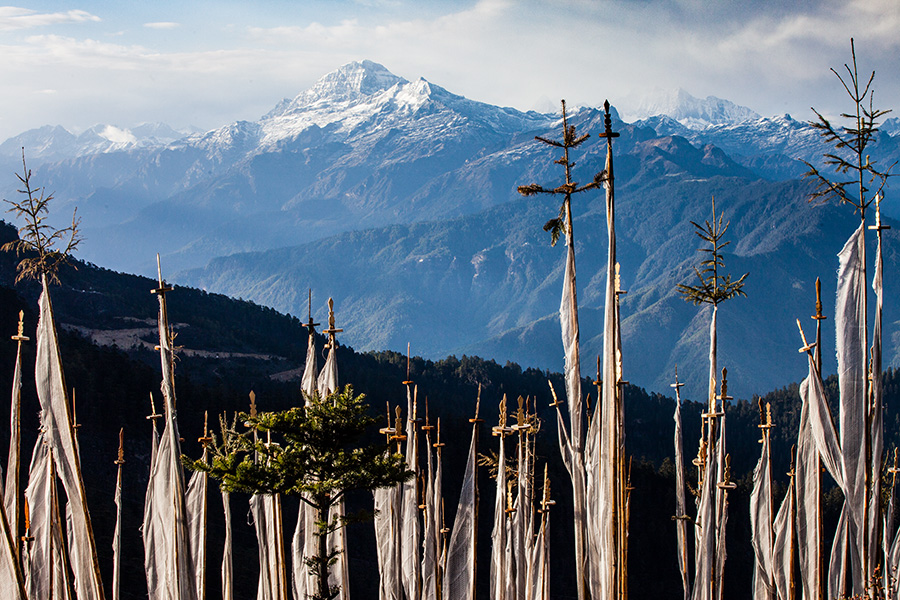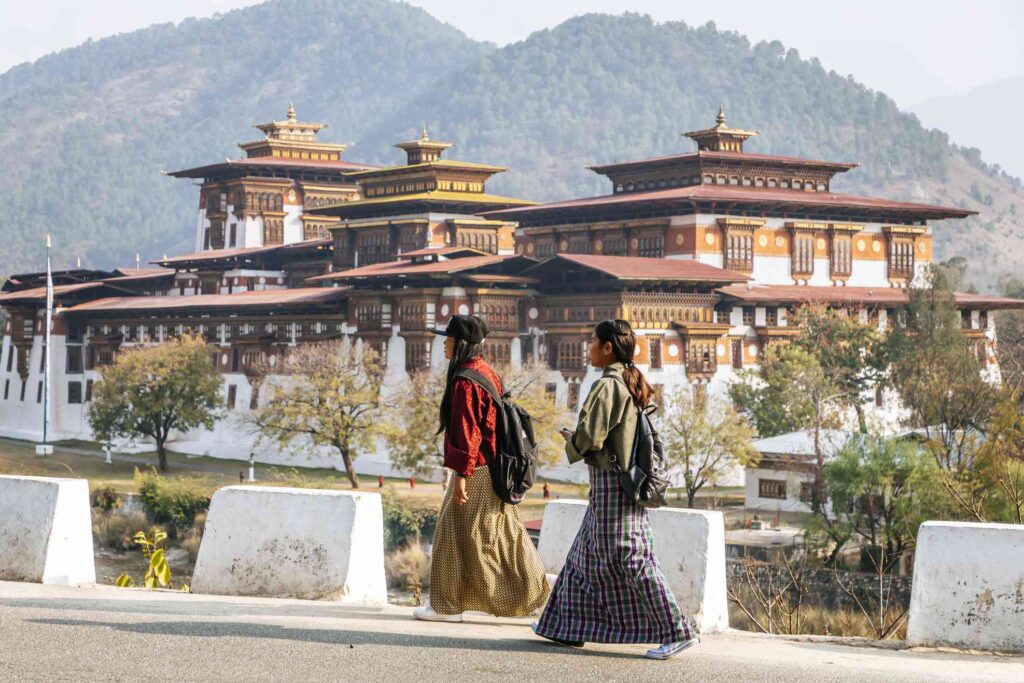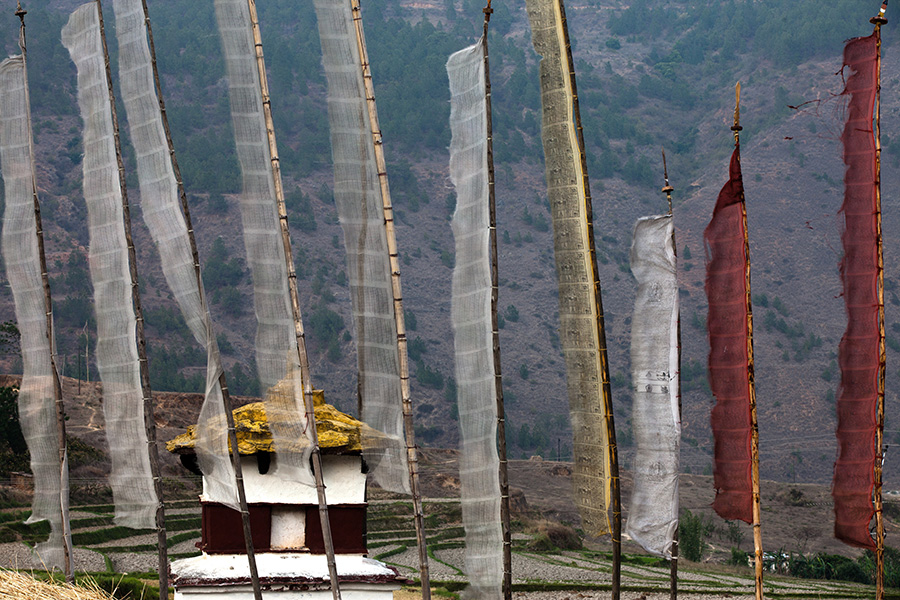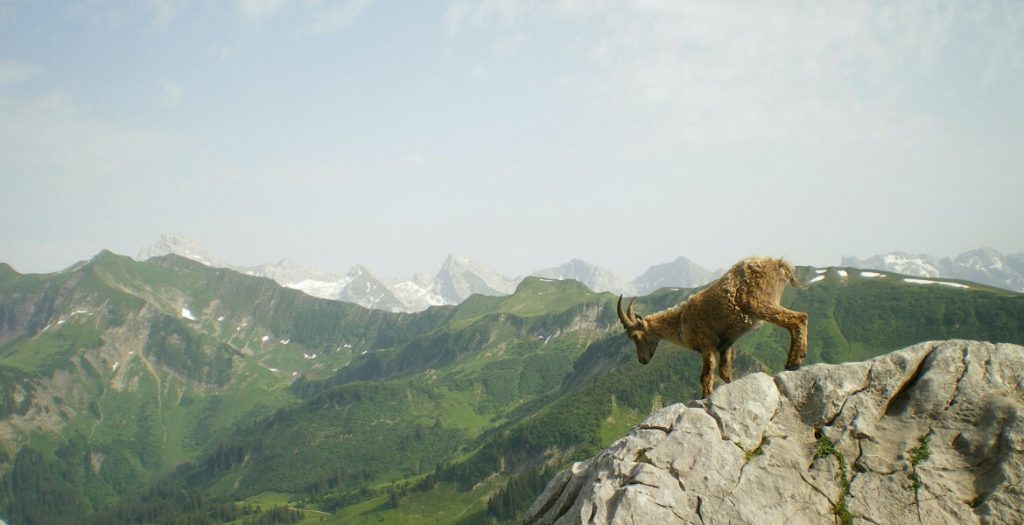






Bhutan Tour Package- 4 Nights 5 Days
DAY 1: PICKUP PARO AIRPORT – SIGHTSEEING – NIGHT STAY
On arrival at Paro Airport, you will be received by our executive, who will be waiting outside to receive you and proceeding towards the hotel to check in, fresh n up and we will start with a local sightseeing. Evening scroll in market & Night Stay.
Kyichu Lhakhang: It was built sometime in the 7th century by the Tibetan king Songtsen Gampo. It is believed to be one of the 108 temples built to subdue a demoness residing in the Himalayas. It is one of the oldest temples in Bhutan.
Drukgyel dzong: Drukgyal Dzong was one of the four principal Dra Dzongs (defense fortress). Accounts differ on the founder of Drukgyal Dzong. It is said to have been caused by the fire when a butter lamp fell in the central tower. Only the ruins of giant walls, charred gigantic wooden posts, beams, and watch towers can be seen of what was once an important fortress that repelled several invasions from the north.
National Museum: It is housed in the Ta Dzong (watchtower). Here an intriguing collection of artifacts provides a wonderful introduction to the rich culture and heritage of the Kingdom. Paro Dzong: A fine example of Bhutanese historic architecture. From the Dzong, walk further down to Nyamai Zampa, a traditional cantilever bridge.
DAY 2: FULL DAY PARO SIGHTSEEING – NIGHT STAY
After having your breakfast we will start our day by doing beautiful sightseeing of Paro.
‘’ A trip to Bhutan is never complete without climbing to Taktsang ‘’ says one Tourist, indeed it’s true as a journey there fills you with spiritual bliss.
Taktshang Monastery: (Tiger Nest) is located at the top of about 800 meter cliff in Paro. It takes slightly more than an hour and a half to reach the monastery on foot from the nearest road point. Taktshang or the Tigers lair as the monastery is widely regarded as one of the most important in Bhutan. Its history is associated with the visit of Guru Padmasambhava, the Indian saint who came to Bhutan in the 8th century AD. The cave was named Taktshang after Guru Rinpoche flew into the cave from Kurtoe Singye Dzong in eastern Bhutan riding on a tigress. Later in 1692, the fourth Druk Desi Tenzin Rabgye started to construct a monastery and finally completed it after three years in 1694.
Dzongdrakha Gomba: Dzongdrakha Gomba is actually a temple complex with four shrines, Drolma (Tara) Rimpoche, Tsheringma (goddess of Longevity) and Maitreya (the Buddha of the Future). It is located at the cliff where is the western side of the Paro Valley. This place is also known by the name ‘Mini Taktsang’, to reach this temple complex you have to drive 20 minutes from the main city of Paro. The temple is actually on the cliff above the Bondey village. While working through the road towards Dzongdrakha you can see beautiful shrubs of Rhododendro and oak tree monkey sitting on it.
Jangsarbu Lhakang: it is Located behind Paro Dzong .This small-looking center is home to the magnificent statues of Sakyamuni Buddha that were carried all the way from Lhasa and also the house of the protector deity of Paro. Legend has it that the statue of Sakyamuni was designed for Paro Dzong and was merely a place for the temple for overnight safe and keeping. However, when the time came to move the statue it proved impossible to lift, As a result, it became the permanent feature of Lhakang.
Chencho Handicraft: The handicraft emporium is located in the heart of Paro City. In the corner of the town square and can easily be reached by walking. The shop is also known as the Traditional Weaving House. You can also use public transport to reach there.
Archery Ground: After a visit to Paro weekend market or Druk Choding Temple, it is well worth wandering town to this local archery ground to see if there is a traditional archery game on.
Nyamai Zam: Beside Paro Dzong, this traditional wooden covered bridge is a reconstruction of an older bridge, Which was washed away in a flood in 1969. Earlier versions of this bridge were removed in the time of war to protect the Dzong. The most picturesque picture of the Paro Dzong is taken from the river’s west bank. Just downstream from the river.
DAY 3: DRIVE TO THIMPHU SIGHTSEEING – NIGHT STAY (APPROX 1HRS / 70KMS DRIVE)
Thimphu – The capital of the tiny kingdom of Bhutan is 2 hrs drive (65kms) from Paro City. It is one of the two capital cities in Asia without Traffic Light. The other is Pyongyang in North Korea.
After having done with your breakfast, we will move towards Thimphu and we will visit the local sightseeing and night stay.
National Textile Museum: The National Textile Museum which was opened in June 2001 is worth a leisurely visit to get to know the living of national art of weaving. Changing exhibitions introduce the major weaving techniques, styles of local dress, and textiles made by women and men. The small shop features work from the renowned weaving center in Lhuntshe Dzongkhag, in north-eastern Bhutan.
Tashichodzong: The beautiful medieval fortress/monastery that houses most of the government’s office and King’s Throne room. It is also the summer residence of Je Khenpo, the Chief Abbot. The fortress is open from 9 am to 5 pm during weekends and during weekdays it’s open from 5 pm till 6 pm.
National Memorial Chorten: It is continuously circumambulated by the faithful, murmuring mantras and spinning their prayer wheels. Construction of this landmark was the idea of Bhutan’s third king, His Majesty Jigme Dorji Wangchuck (“The Father of Modern Bhutan”) who had wished to erect a monument to world peace and prosperity. Completed in 1974 after his untimely death, it serves both as a memorial to the Late King and as a monument to peace.
Folk Heritage Museum: It is one of the oldest traditional houses. This house has been around 150 years old. It once belonged to one of the affluent families. The government converted the house into museum in 2001 in Thimphu providing visitors and tourists with fascinating insights into the Bhutanese material culture and way of life. The Folk Heritage Museum with a three-storied, 19th-century traditional house provides you with a glimpse of the Bhutanese lifestyle and artifacts from the rural households. One can come across typical household objects, tools and equipment.
Buddha Point: One of the biggest Buddhas in the world. It was constructed through donations from devotees all around the world.
DAY 4: FULL DAY THIMPHU SIGHTSEEING – NIGHT STAY
After have done with your breakfast, we will start our day with local sightseeing & an evening stroll in the market, and a night stay.
National Library: With an extensive collection of Buddhist literature mostly in block-printed format, the library contains works of several hundred years old literary treasures of Bhutan. It also has a small collection of foreign books. The library has texts relevant to Mahayana Buddhism and a rich collection of lithographs from whence scriptures and prayer flags were printed in the old days. The National Library was established in 1967 to preserve ancient dzongkha and Tibetan texts. This library building was built in 2001.The world’s biggest published book is also in this library. Bhutan, the book weighs 68 kilograms and is over two meters tall.
Changangkha Lhakhang: Situated on a small hill overlooking the Thimphu valley the monastery was built in the 13th century by Lam Phajo Dugom Zhigpo. Children born in Thimphu are taken to this temple because it is considered the spiritual home of the children born in Chang Valley. Names such as Tandin Sonam are given from this temple to newborn babies taken for blessings from the protector deity Tamdrin. The central statue in the temple is Avaloketesvara, Buddha of compassion, in his manifestation with 11 heads, a thousand hands, and eyes; it is built with bronze and plated with gold.
Painting school: It’s a non-profit organization established by the government to encourage the youth into unique arts and crafts.
Sangayang Viewpoint (Telecom Tower): There is a wonderful view of Thimphu Valley from the hillside below the telecommunication tower, elevation (2685m) high above the tower at the end of the road that branches off from the approach to the youth center. The complex also houses the board casting studio of Bhutan Television. Don’t photograph the telecommunication installation, but the valley is worth a few snaps. The valley is known as Sangayang and it becomes the lover’s lane late at night.
Takin Preserve: The Preserve houses the Takin is Unique, endangered species found in Bhutan, Nepal, China, and Bhutan they have chosen it as a national animal due to its significance in religion and cultural history.
National Institute of Traditional Medicine: Bhutan although modernized with the time still emphasizes traditional medicine. There are some people who still prefer traditional medicine over time. Traditional medicine is popular among locals and some foreigners.
Bhutan Postal Museum: The Museum’s main objective is to tell the story of Bhutan’s development and progress in the 21st century, especially in the communications and the postal system of the country. It is heaven for stamp collectors.the Postal Museum comprises 5 galleries. It is worth a visit if you are around in town. There is also a café just in the entrance.
DAY 5: DRIVE TO PARO AIRPORT – TOUR END (APPROX 1HRS /70KMS)
After done with your breakfast, we will proceed to drop you at Paro Airport. Our representative will help you with your exit formalities and the bid you see off. Like all good things, your Bhutan tours will come to an end. We will be happy to see you back. Do visit us because Bhutan has more to offer to you.
THANK YOU & TASHI DELEK
